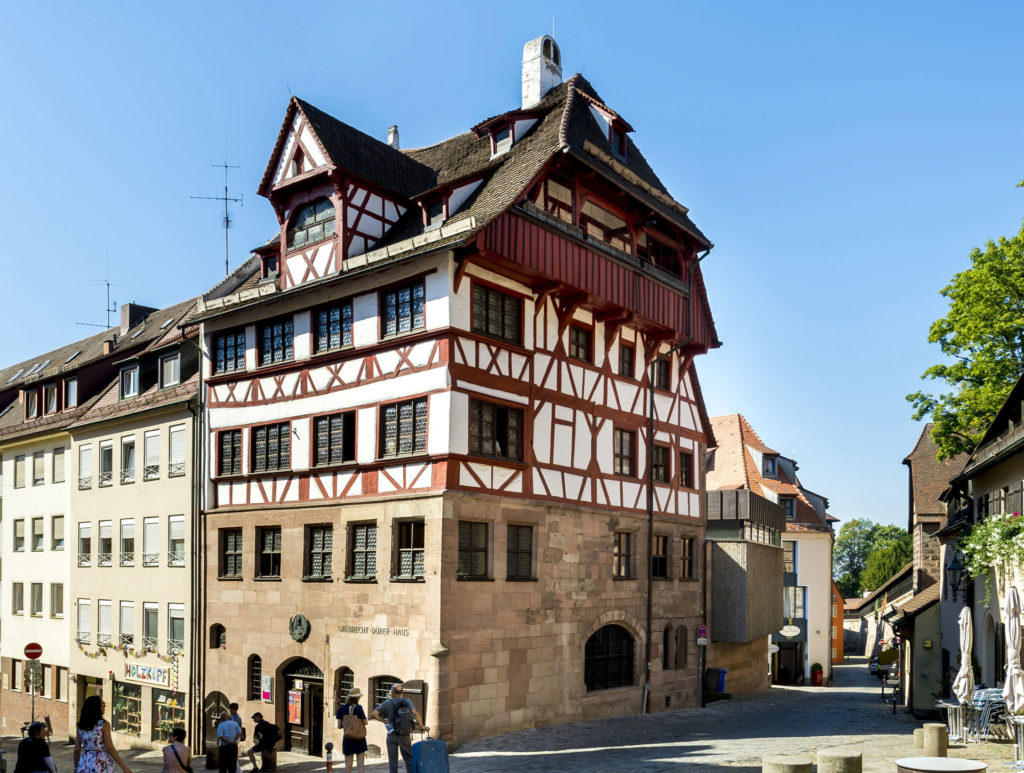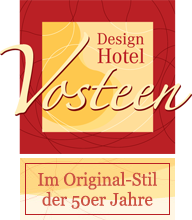Imperial Castle

The Imperial Castle, symbol of Nuremberg, rises high above the city. The castle, where between 1050 and 1571 all Emperors of the Holy Roman Empire of the German Nation were in residence at least for some time, is one of the most important imperial palaces of the Middle Ages. The Palast (main building) with its sumptuously furnished Emperor’s rooms, the Roman double chapel, the deep well, and the Sinwell Tower, as well as a comprehensive collection of weapons and utensils can be visited today.
Beautiful Fountain at main market

Erected between 1389 and 1396 by the builder and stonemason, Heinrich Beheim, the 19-metre stone pyramid rises from the octagonal basin like a Gothic steeple top, narrowing in three steps, right to the top finial. Forty stone figures are arranged in three rows, all of them important 14th century sculptures representing the world-view of the Holy Roman Empire: in the bottom row allegorical figures symbolising Philosophy and the Free Arts, in the middle row the evangelists and Latin Church Fathers, in the third row the seven electors and nine heroes, at the very top Moses and the seven prophets.The protective railing surrounding the fountain’s basin was forged in 1587 by Paulus Kühn from Augsburg. In 1902, it was repaired by Albert Leipold and then furnished with the well-known ring that may be turned. Only fragments remain of the soft sandstone figures of the original fountain, and they are kept in the Germanisches Nationalmuseum. Between 1897 and 1902 the sandstone figures were replaced by shell lime ones.
The house of “Albrecht-Dürer”

St. Lawrence’s Church

The building of this basilica in high gothic style started between 1243 and 1315. The western façade between the two steeples is decorated with a rosette window and can be dated via the joint coats of arms of Charles IV and his third wife Anna von Schweidnitz who got married in 1353. Plans were changed during building, integrating the side chapels between the buttresses for the side aisles (1391) and the galleries above the side portals. Between 1439 and 1477, the vast late gothic hall chancel was added. During World War II, St. Lawrence’s Church was badly damaged. Reconstruction started after 1945, directed by Julius Lincke (re-consecration on 10 August, 1952). The interior contains important works of art, including numerous epitaphs, stone and wooden sculptures, and most remarkably the tabernacle by Adam Kraft (1493/96), the Annunciation with corresponding chandelier by Veit Stoß (1517/18), the Deocarus Altar (1437) and the Krell Altar (1483). The pulpit is a neo-gothic work.
The “Weissgerbergasse”

About twenty medieval half-timbered houses in the Weißgerbergasse survived the heavy air raids on Nuremberg. The Weißgerbergasse therefore reflects a part of the historic Nuremberg, especially an old artisan quarter within the Burgviertel. The name of the alley comes from the white tanners, who were there in the Middle Ages and processed in contrast to the red tanners with the help of alum, salt, flour, eggs and tree oil raw animal skins to fine, light leather, the so-called white leather. Since the tanning of the skins at that time claimed a lot of water and also represented a not inconsiderable smell nuisance, it is not surprising that the craft houses almost all had a private well and were located at the outskirts near the outflowing Pegnitz. (Wikipedia)

